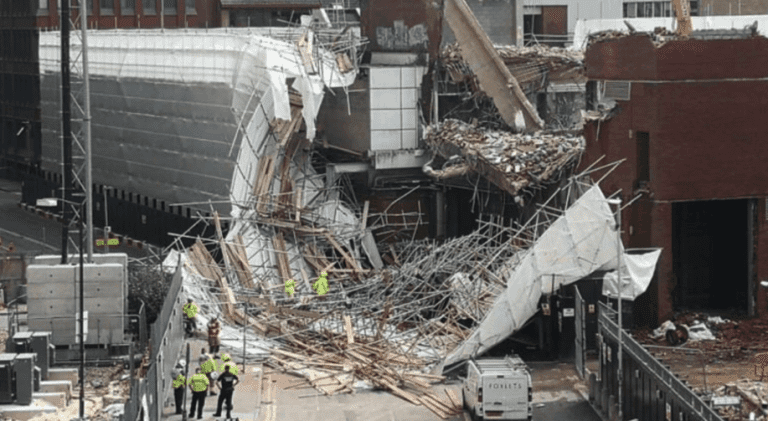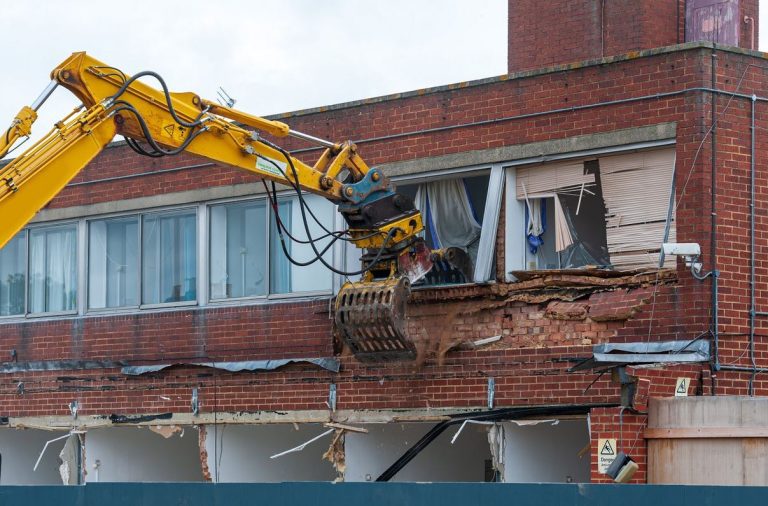Demolishing a house isn’t as costly as building a new one. But it can go as high as $40K if all the factors are not checked properly. Here are some tips to make it lower. You build your dream home sometimes. And other times, at an attractive deal, you buy trash, knock down the entire house, and then construct the new house from scratch. For instance, if you’re using the latter path and not aware of what you’re doing, your dream home can turn into a total budget nightmare. The expense of tearing down a house is not as high as constructing a new building, but it needs to be addressed properly. For a three-bedroom home, the estimated average price in Brisbane, Australia, is $17,000. We’ll help you look more closely at the demo plan to ensure whether it’s all good enough to justify it. They’re not only easy to do, but they also benefit the environment. Demolition is a massive project, and beginning a demo project will lead to considerable time and financial strains down the track if you don’t have a definite plan in mind. Get a hard hat; we have a job to do. The tips below will guide you on the right path if you’re concerned about saving some cash on your house demolition project. What does that really imply to Demo A House? In simple terms, demoing involves tearing down small parts or all of a home to reconstruct it., This could mean only tearing down a wall or maybe two to enlarge your main bathroom, or it could require breaking the whole house to the ground to create something even more modern. There are two traditional methods of demolishing a house in either situation. Mechanical Demolition: The demolition of a structure using heavy machinery. Deconstruction: Using simple equipment for the project of demolishing a building manually (well, saws, hammers, and all of that stuff) We’re going to let you decide which seems to be more of your type. A mixture of the two is pretty standard for people to choose; they remove as much of it as possible manually and then bring the large machines to complete the job. You might need to knock down an old house, or you just want to tear down part of your home to create a new addition. Whatever your reason, knowing how much it will cost you comes in handy. To ensure that the correct demolition approach for the building is employed, it is necessary to recruit professionals. Deconstruct on your own as much as possible You might be shocked by the amount of stuff in your home that is still reusable, even after years of wear and tear. Not just that, but you may be surprised too by your potential to deconstruct your own home! If the thought of having neighbours or a team of qualified volunteers come into your home to retrieve items/materials for you is comfortable, then this would be a perfect way to dump things from your house while assisting others as well. You deconstruct the home, and they’ll get the recovered building materials. This is a win-win! Someone in need might also reuse fittings and flooring, so letting friends and charities know that you intend to demolish your home and that its materials are up for grabs is a great way of spreading love. Salvage for some additional dough Did you know that your home’s internal fittings will earn you some nice bucks and net a decent return? Scrap yards will love to take away any copper pipes and wires in the house. How much does demolishing a house cost? The cost of demolition would differ based upon your house’s size and the materials it consists of. The estimated price is about $15,000 to demolish a small detached house (80-120 square metres). The typical demolition cost is around $30,000 for a large detached house (200-250 square meters). The dumping of the components is the largest part of the overall demolition expense, as demolition firms can charge transport and landfill premiums. That being said, if any of this ‘waste’ can be recycled, you can decrease the cost you are paying for demolition. * The cost data is based on third-party sources Does the expense vary depending on location? The expense of house demolition and destruction in Australia differs by area and population. A Brisbane home could be demolished for approximately $16000, whereas the cost for the same home in Sydney is about $17,500. How long can the demolition take? Depending on the size and scope of the project, the timeframe for demolition can differ. Demolition normally takes 4-8 days to finish. If you’re demolishing a terraced or semi-detached home, then the time and expense will rise. Costs & Considerations of Site Planning Plumbing pipes, HVAC units, and electrical wiring, and outputs must be handled by an expert. It is necessary to detach gas, electricity, and water lines if you’re bulldozing an entire building. If you’re just tearing down a few walls, these services would also need to be turned off so that any cables, pipes, or HVAC lines can be removed, diverted, or replaced by your contractor. For safety purposes, the expense of hiring an electrician is well worth the expenditure and may even be needed by the code. While knocking down a house, you will have to invest in safety gear. Tape all construction areas off and clearly mark them. Make sure that during evening work hours, outdoor areas are illuminated with floodlights. Be sure to inquire whether they plan to supply and install site planning resources when recruiting professionals for the work. Wearing protective clothing, gloves, work boots, goggles, and a hard hat is necessary. Types of projects for demolition Commercial Buildings: Commercial demolition costs are much higher than those for residential ones. A single-storied building can take around a hundred dollars per square meter in Brisbane, while two floors can cost around $120 per square meter. Buildings on three













